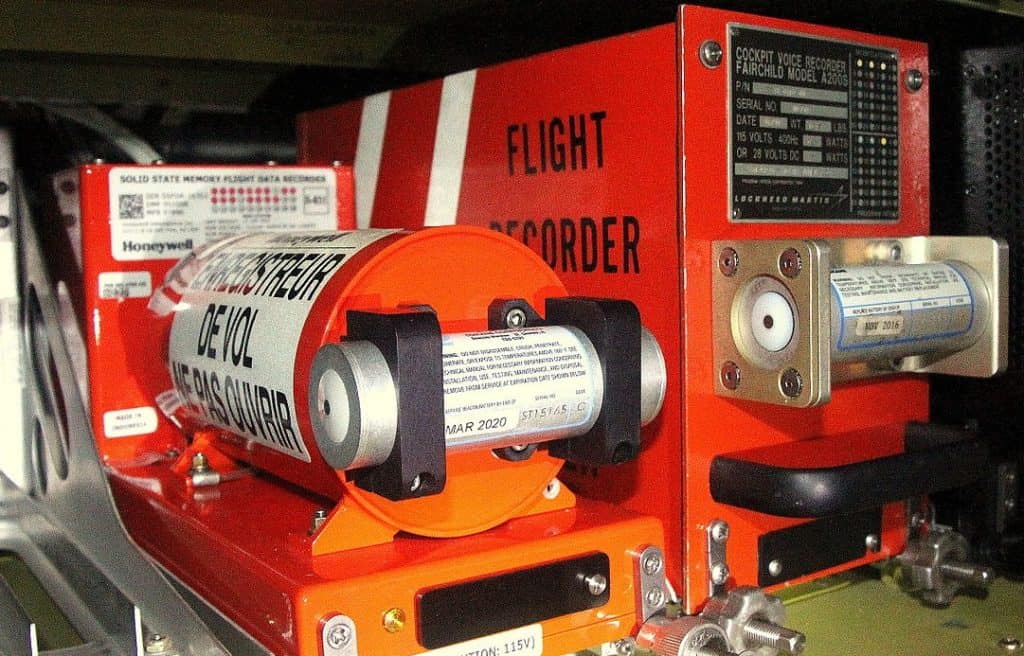
Many times we see on the news the tragic events of an aircraft accident and then find out that the aircraft was not equipped with a Black Box Flight Recorder. At first, it seems crazy that it is not mandatory for every aircraft to have one of these devices fitted but when we really dive deep into why, there are many reasons that simply make them financially and operationally impractical.
Black Box Flight Recorders are not fitted in all aircraft. They are used to capture electronic data from sensors mounted on an aircraft and store them on an Impact-Resistant recording device to help accident investigators find the cause of the aircraft accident. Basic aircraft lack the sensors to provide the data.
In this article, we look at what Black Boxes actually do, how they help, and why every helicopter is not fitted with them as standard.
What is a Black Box?
A Black Box is not actually a ‘Black Box’. This generic name was given to the early Flight Data Recorders that were first fitted to commercial aircraft because of the light-sensitive film the data was recorded to. The inside of the data recorder was painted black to prevent light from spoiling the film and turning the data unusable.
Today’s modern ‘Black Boxes’ are a vivid bright orange to make them easier to find in dense wreckage sites.
There are usually two data recorders on current aircraft, one is called a Flight Data Recorder (FDR) and the other is called a Cockpit Voice Recorder (CVR).
What do the Flight Data and Cockpit Voice Recorders Actually Do?
There are many types and sizes of each device and they all have a specific role to do on the aircraft. Some of them can be fairly basic in the number of parameters that they capture while others can be very, very complex. Let’s look at each type of recording device separately:
Flight Data Recorder (FDR)
This device captures data from sensors and instrumentation all over the aircraft. Some of the larger aircraft like the Boeing 747 or Airbus A380 have hundreds of sensors all feeding data back to the flight data recorder multiple times a second or even faster if the system starts to notice irregular readings from the sensors or instruments.
Some of the most noticeable data parameters are:
Airspeed, Altitude, Attitude, Rate Of Climb, Bank Angle, Heading, Air Temperature, Air Pressure, Engine Power
As well as every flight envelope parameter you could imagine, the flight data recorder can also capture data from:
Flap Position, Aileron & Elevator Position, Landing Gear Position, Fuel Capacity of Each Tank, Fuel Burn Rate, Engine Temperatures & Pressures, Hydraulic Temperatures & Pressures, Electrical Voltage & Current, Cabin Temperature & Pressure, and many more.
The more individual data points an FDR can collect, the more the accident investigators can use to help piece together what was happening with the aircraft in the moments leading up to the accident.
For an example of the minimum parameters required by the FAA for helicopters Click Here
Many modern helicopters come equipped with their own monitoring system designed into the aircraft’s main avionics systems to help aircraft maintenance engineers and technicians monitor possible problems or diagnose problems. Many of the HUMS (Health & Usage Monitoring System) feed data they capture into the FDR to improve the number of data points captured.
Most FDRs are designed to record continuously for up to 25 hours, be survivable to impact forces of up to 3,500g, and provide a homing signal in water up to 6000m (20,000ft) deep for 30 days! A truly remarkable piece of equipment!
Cockpit Voice Recorder (CVR)
Being able to have ears in the cockpit during the moments leading up to an accident can tremendously help investigators piece together the chain of events.
The CVR has all the radio and internal aircraft intercom systems interfaced so that all the voice communications between the crew, air traffic control, and any alert or warning horns and gongs are recorded for analysis.
In addition, a small microphone is usually installed on the instrument panel of the aircraft to capture any sound made around the aircraft. During close analysis of CVR data investigators can usually pick up the moment a bird hit the aircraft or a part catastrophically failed.
The CVRs are also built to withstand the same impact tolerances as the Flight Data Recorders.
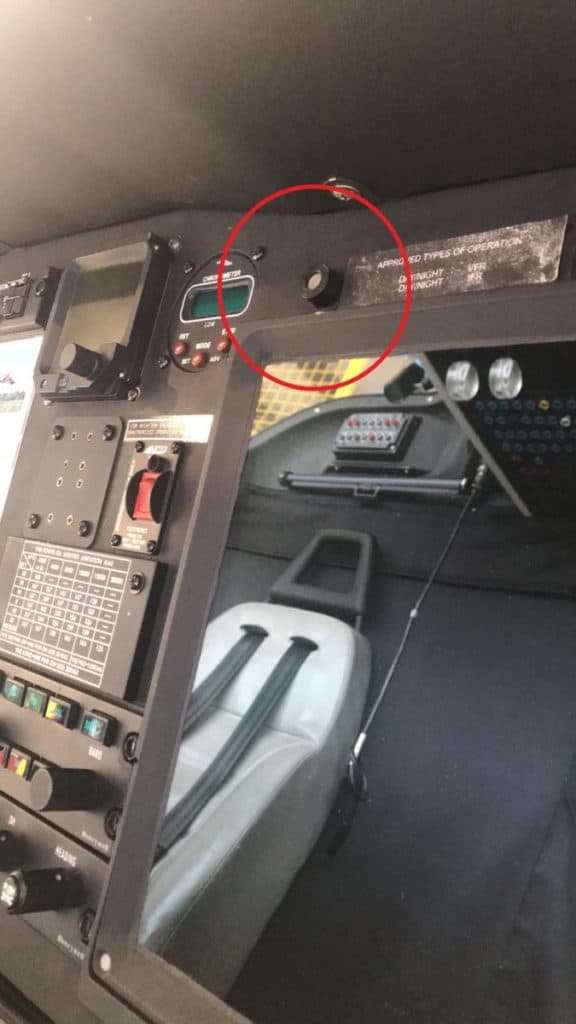
Cockpit Voice & Data Recorder (CVDR)
With modern digital technology, it is now even easier to combine all the sensor and voice data into one unit using solid-state memory devices similar to an SD card.
Because of these combined units, it allows the space required and the weight to be minimal which allows for even greater flexibility in the aircraft that can now have these devices installed.
Curtiss-Wright, a well-known manufacturer of flight data recorders has developed a Multi-Purpose Flight Recorder (MPFR) which is a perfect example of a unit that is becoming widely installed on modern helicopters.
Their MPFR boasts some of the following specifications:
- State-of-the-art, solid-state memory system
- 4-channel voice recording for 120 minutes
- A rotor tachometer interface
- 25 hours of flight data recording at 512 words/second
- FDR data rates of up to 1,024 words/second are available
- Provision for HUMS data recording
- Less than 7.0lb (3.2kg) including underwater locator beacon
To further aid in the accident investigation and reconstruction many of today’s latest generation data recorders are able to be equipped with multiple camera feeds to allow HD cameras installed in and on the aircraft to capture the moments leading up to the crash.
Having the ability to see, hear, and read the data really helps to quickly diagnose the accident chain of events.
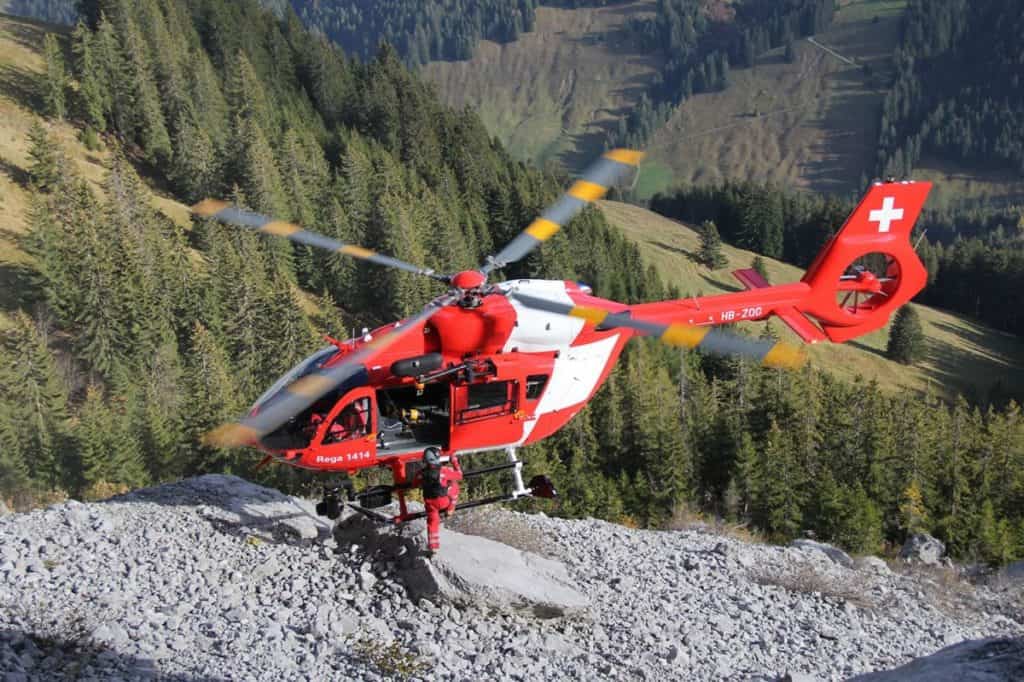
The Gama Aviation modification Kit for Airbus Helicopters is a great example of this. You can view the Brochure on their website HERE.

Join My Newsletter & Get Great Tips, Information and Experiences To Help You Become a Superb Pilot!
What Helicopters Need a Cockpit & Flight Data Recorder?
There is no regulation specifically aimed at helicopters that requires them to be fitted with a data recording device, however, the FAA regulations do call for ANY aircraft commercially working under the following conditions to have a FDR, CVR, or combined version of the two:
14 CFR §91.609 Flight data recorders and cockpit voice recorders
- Any aircraft with 10 passenger seats or more manufactured after October 11, 1991 for a Single-Pilot Type Certificate requires both a FDR & CVR
- Any aircraft with 6 passenger seats or more manufactured after October 11, 1991 for Dual-Pilot Type Certificate requires at least a CVR
Because of this current regulation, you can see why most helicopters do not get fitted with data monitoring equipment. If you are a private owner you do not fall under this regulation, it only applies to commercial operators.
This was recently brought to light by the tragic accident of Kobe Bryant and his guests onboard an SK76 helicopter. That helicopter when in an offshore configuration of 12 passenger seats would have required an FDR & CVR, but because it was being operated in a VIP configuration with only 8 passenger seats in a Single-Pilot operation the aircraft was only legally required to be equipped with a Cockpit Voice Recorder.
There is increasing pressure from the NTSB and various lobbying groups to change the current ruling for more aircraft to be equipped with both flight and voice recording, especially with today’s compact and lightweight devices.
Why Not Fit Data Recorders to Every Helicopter?
Everything in aviation is a compromise whether that compromise is cost, weight, simplicity, or space. Each aircraft designer must balance off each item that goes onto the helicopter in the constant compromising game that has to leave some items on the table.
Up until recent years, most smaller helicopters made it unrealistic to fit any kind of data recorder for several reasons:
- Weight is of paramount importance and adding 50lbs of the recorder, associated mounting, wiring, and sensors would drastically reduce the useable fuel it could carry.
- The cost of adding a data recorder could make the purchase or operating cost out of the range of the already limited potential aircraft buyers.
- Finding a location to mount the recorder on a small helicopter could be a difficult task as space is already at a premium.
Now that many data recorders are manufactured using complex digital electronics and memory, the units becoming available are extremely lightweight, small, and thus cheaper. This is now allowing many more operators and owners to equip their machines with multifunction data, voice, and video recorders to not only help with any accident investigation but also maintenance engineers to track or monitor out-of-tolerance flight parameters caused by the pilot.
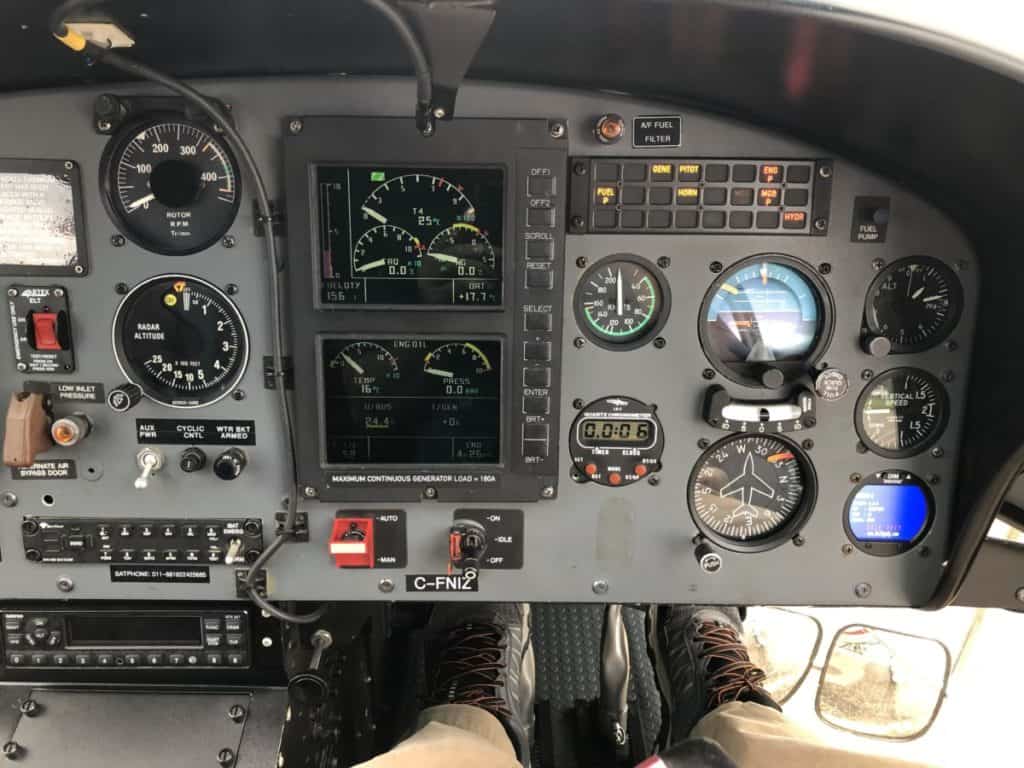
The other advance making it easier to add a data recorder to a helicopter is that many aircraft manufacturers are adding simple digital glass cockpits, sensors, and engine controls to their helicopters which capture data for their own monitoring and control but can also pass this digital data to an additional data recorder.
A very popular option that most commercial helicopter operators are now installing is a satellite tracking system. Many of these systems allow real-time monitoring of not only aircraft position, but altitude, airspeed, rate of climb, bank angle, and many other flight parameters from any computer and operator with a valid login.
To take this approach one step further, some of the larger and more complex helicopters even have all of their sensor data for the entire aircraft live-streamed to company headquarters for real-time analysis or fault reporting.
The technology becoming available is now allowing smaller, lighter, and simpler helicopters to have this technology installed to suit the owner’s requirements.
After speaking with an aircraft flight data specialist he told me that most portable GPS units are able to provide some form of limited flight data history if they survived the crash. This can be helpful as most pilots or companies have a GPS mounted in their aircraft.
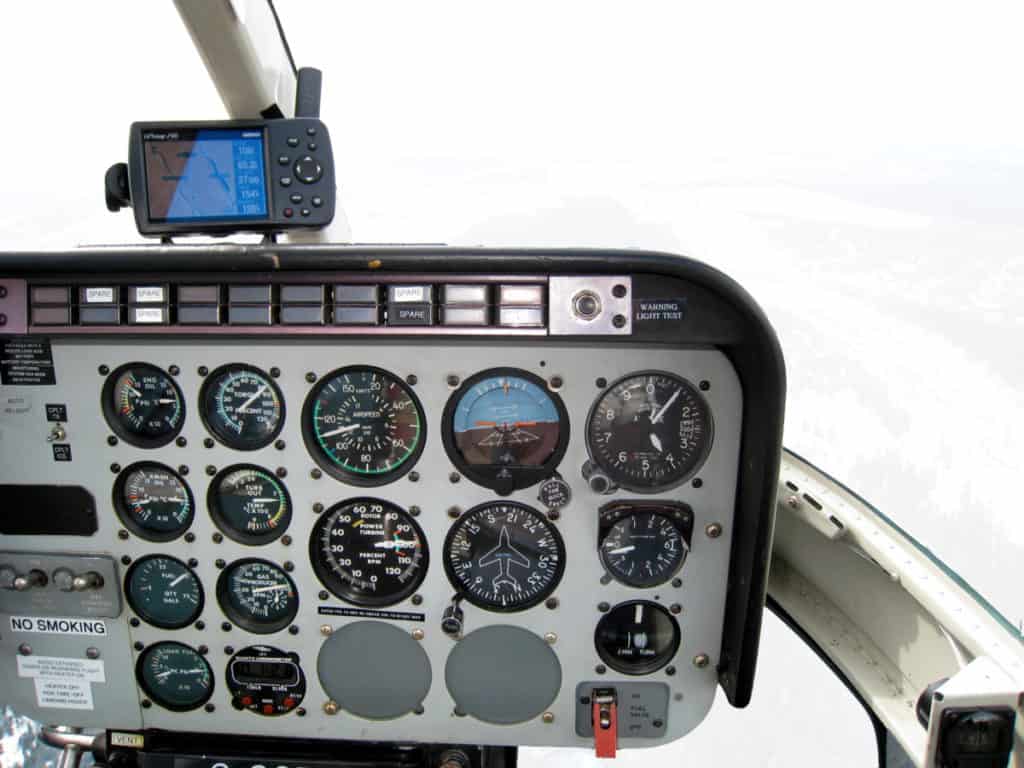
If the helicopter was operating in a remote part of the country away from surveillance radar to give a very basic explanation of the final flight movements.
“I believe that basic data can be recovered from any GPS unit, regardless of type /size etc. The big difference, I believe, will be in the quantity of data and the number of different parameters recoverable.”
Mike Pilgrim – HeliAnalysis.com
Conclusion
As technology rapidly advances and the helicopter manufacturers design new helicopters it begins to make it possible for simple forms of data collection to be easily added to a helicopter.
Retrofitting a flight data recorder to older aircraft with analog gauges that have managed fine for years without any form of data recording will be an impossible ask for the majority of owners and operators. Until such time that legislation mandates the installation of flight data recorders, helicopter owners will use the rules mentioned above to save cost and installation downtime.
In my own opinion, the more data my aircraft can give to accident investigators the more detailed they can be when explaining what happened to my family if the worst were to ever happen. The other caveat is that if my aircraft had a catastrophic part failure I would hope they could find the problem before it happened to someone else.
Further Reading
If you found this article interesting and would like to keep reading, I highly recommend the following articles from my blog:
- How Do Helicopter Controls Work? Pilot Tells All!
- How Fast Can a Helicopter Fly? Top 10 Civilian & Military Comparisons
- How Much Can a Helicopter Lift? 20 Helicopters Compared!
- Skills Needed To Become a Pilot? – A Flight Instructors Perspective
- How Much Fuel Does a Helicopter Burn? Get Your Visa Card Out!
Header Image:
Wikipedia: YSSYguy


